In the real incident, every single jap on the island immediately decided to help the Pearl Harbor Bomber murder Hawaiians and destroy important war documents, leading to the well-deserved internment of a few million Japs
https://en.wikipedia.org/wiki/Niihau_incident
Niʻihau, the westernmost and second smallest of the primary Hawaiian Islands, has been privately owned by the Robinsons, a white kamaʻaina family, since 1864. At the time of the incident, it had 136 inhabitants, almost all of whom were Native Hawaiians whose first language was Hawaiian. In 1941 the owner was Aylmer Robinson, a Harvard University graduate who was fluent in Hawaiian. Robinson ran the island without interference from any government authority, and although he lived on the nearby island of Kauaʻi, he made weekly visits by boat to Niʻihau. The island was accessible only with Robinson's permission, which was almost never given except to friends or relatives of Niihauans. The handful of non-Native residents included three of Japanese ancestry: Ishimatsu Shintani, a first-generation immigrant from Japan (Issei) and Hawaiian-born Nisei Yoshio Harada and his wife Irene Harada, all of whom were involved in the incident.
Prior to the Pearl Harbor attack, the Imperial Japanese Navy had designated Niʻihau, mistakenly believed to be uninhabited, as a location for aircraft damaged in the attack to land. Pilots were told they could wait on the island until they were rescued by submarine.
On December 7, 1941, Airman First Class Shigenori Nishikaichi, who had taken part in the second wave of the Pearl Harbor attack, crash-landed his battle-damaged aircraft, an A6M2 Zero "B11-120", from the carrier Hiryu, in a Ni'ihau field near where native Hawaiian Hawila Kaleohano was standing.[5] Kaleohano was unaware of the attack at Pearl Harbor, but knew from newspapers that the relationship between the U.S. and Japan was poor because of disputes over Japanese expansionism and the resulting U.S. oil embargo on Japan. Recognizing Nishikaichi and his plane as Japanese, Kaleohano seized Nishikaichi's pistol and papers before Nishikaichi could react. He and the other Hawaiians who gathered about treated Nishikaichi with courtesy and traditional Hawaiian hospitality, and held a party for him later that afternoon. However, the Hawaiians could not understand Nishikaichi, who spoke limited English. They sent for issei Ishimatsu Shintani, who was married to a native Hawaiian, to translate.[3]
Having been briefed on the situation beforehand and approaching the task with distaste, Shintani exchanged just a few words with Nishikaichi and departed without explanation. The puzzled Hawaiians then sent for Yoshio Harada, who was born in Hawaii of Japanese ancestry, and his wife Irene (born Umeno Tanaka on Kauai), who constituted the remainder of the Niʻihau population of Japanese ancestry. Nishikaichi informed Harada of the attack on Pearl Harbor, and Harada chose not to share the information with the non-Japanese natives. Nishikaichi desperately wanted his papers returned, as he had been instructed not to let them fall into American hands, but Kaleohano refused to return them. The Haradas decided to help Nishikaichi retrieve his papers and escape.[6]
Niʻihau had neither electricity nor telephones, but later that night, the Hawaiians heard a radio report about the Pearl Harbor attack on a battery-operated radio. They confronted Nishikaichi, and this time Harada translated what was said about the attack. The owner of the island, Aylmer Robinson, was scheduled to arrive on his regular weekly trip from Kauaʻi, a much larger island just 17 miles (27 km) away, the next morning. It was decided that Nishikaichi would return to Kauaʻi with Robinson.[3]
However, Robinson could not reach Niʻihau because the American military had instituted a ban on boat traffic within the islands soon after the attack. The Niʻihauans did not know of the ban. Nishikaichi was permitted to stay with the Haradas, but with a contingent of five guards. There was now ample opportunity for the Haradas to converse with Nishikaichi.[3]
On December 12, Shintani approached Kaleohano privately on behalf of Harada and Nishikaichi. He offered him a bribe of ¥200 for Nishikaichi's papers, but Kaleohano again refused. Shintani fled into the woods to avoid reporting his failure.[8] Yoshio Harada and Nishikaichi, not waiting for Shintani's return, attacked the lone guard who had been posted outside the Harada residence, while Irene Harada played music on a phonograph to disguise the sounds of the struggle. Three other guards were stationed to watch the Harada residence but were not present at the time of the attack. Harada and Nishikaichi locked the guard in a warehouse, where Harada acquired a shotgun and Nishikaichi's pistol that had been stored there. They proceeded to Kaleohano's house.[citation needed]
Having left Shintani just minutes before, Kaleohano was in his outhouse when he saw Harada and Nishikaichi approaching with the 16-year-old guard whom they were prodding with a gun. With Kaleohano hiding in the outhouse, Harada and Nishikaichi turned their attention to the nearby plane. Kaleohano ran from the outhouse as Harada and Nishikaichi fired at him, and he alerted the residents of the nearby village, warning them to evacuate, but they were skeptical regarding Kaleohano's news. However, when the captive guard escaped and reached the village, the residents fled to caves, thickets and distant beaches.[citation needed]
Robinson was aware that there was trouble on Niʻihau because the Niihauans had flashed signals toward Kauaʻi with kerosene lanterns and reflectors. Nishikaichi unsuccessfully attempted to make contact with the Japanese military using the downed aircraft's radio. With the help of Harada and one of their Hawaiian captives, Nishikaichi removed at least one of the plane's two 7.7 mm machine guns with some ammunition, torched the plane, and proceeded to Kaleohano's house, setting it ablaze in the early morning hours in a final effort to destroy Nishikaichi's papers, which included maps, radio codes, and Pearl Harbor attack plans.[9]
During the night, Niʻihau resident Kaahakila Kalimahuluhulu, known as Kalima, had also been taken captive. He was released to help in the search for Kaleohano, who had escaped with Nishikaichi's papers. Instead, Kalima enlisted his friend Benehakaka "Ben" Kanahele to sneak back in the darkness to steal the machine guns and ammunition. That morning, Saturday, December 13, Harada and Nishikaichi captured Kanahele[10] and his wife Kealoha "Ella" Kanahele.[5] They ordered Kanahele to find Kaleohano, keeping Ella as a hostage. Kanahele knew that Kaleohano was rowing toward Kauaʻi with five others but pretended to look for him. He soon became concerned about Ella and returned to her. Nishikaichi realized that he was being deceived. Harada told Kanahele that Nishikaichi would kill him and everyone in the village if Kaleohano was not found.[9]
Kanahele and his wife, taking advantage of the fatigue and discouragement of his two captors, leapt at them as Nishikaichi handed the shotgun to Harada. When Nishikaichi pulled his pistol out of his boot, Ella Kanahele grabbed his arm and brought it down. Harada pulled her off Nishikaichi, who then shot Ben Kanahele three times: in the groin, stomach and upper leg. However, Kanahele was still able to pick up Nishikaichi and hurl him into a stone wall, knocking him unconscious. Ella Kanahele then killed the Japanese pilot by bludgeoning his head with a rock.[8] Harada then killed himself with the shotgun.[11]
After the incident, Ella Kanahele went for help, dropping the shotgun and the pistol on the way. (About five years later, a flood washed the shotgun into a wall where it was found by islanders. The pistol and one of the machine guns were never found.) Ben Kanahele was taken to Waimea Hospital on Kauaʻi to recuperate.[12] He was awarded the Medal for Merit and the Purple Heart in 1945, but Ella did not receive any official recognition.[13]
The next afternoon, December 14, the military authorities, the six Hawaiians who had rowed to Kauaʻi, and Robinson arrived together. Nishikaichi's papers (containing local maps, money, and things needed if forced down) were turned over, and the crashed plane was studied.

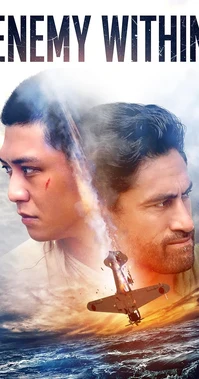
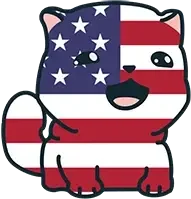



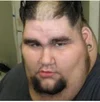
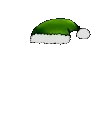
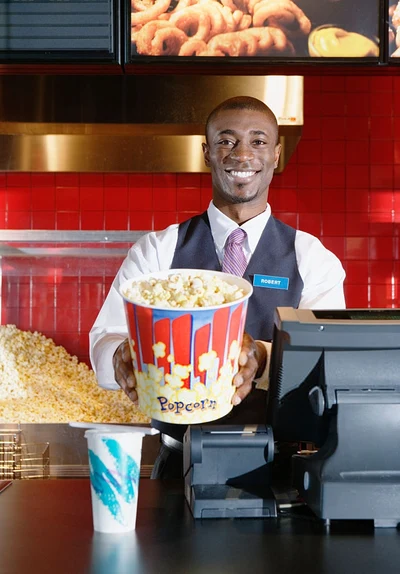
Jump in the discussion.
No email address required.
"In 2020, Donald Trump won 43 out of the 43 ballots cast in Niʻihau against Joe Biden." -https://en.wikipedia.org/wiki/Niihau#Politics
Running defense for your chud buds I see.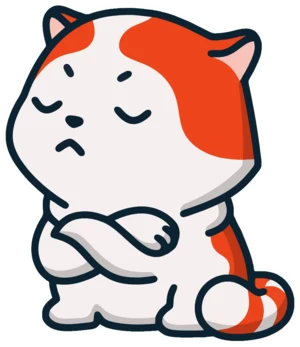
Jump in the discussion.
No email address required.
Jump in the discussion.
No email address required.
More options
Context
More options
Context